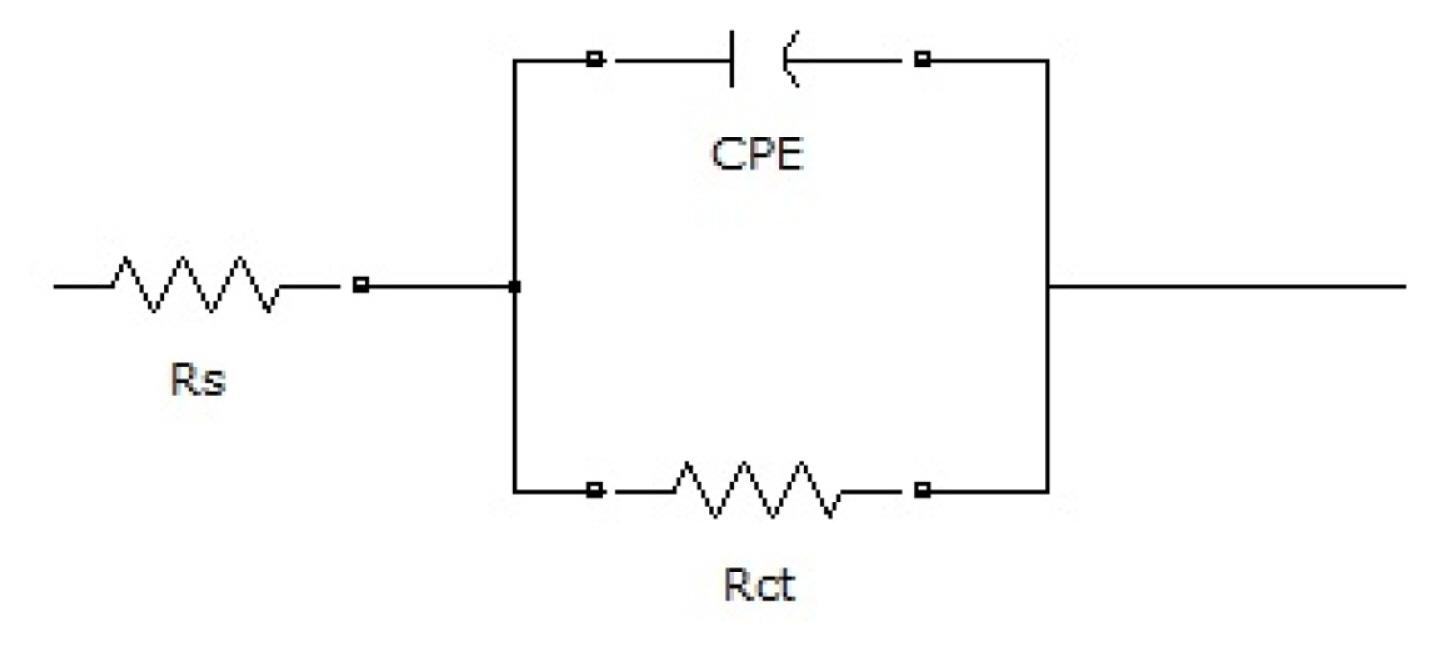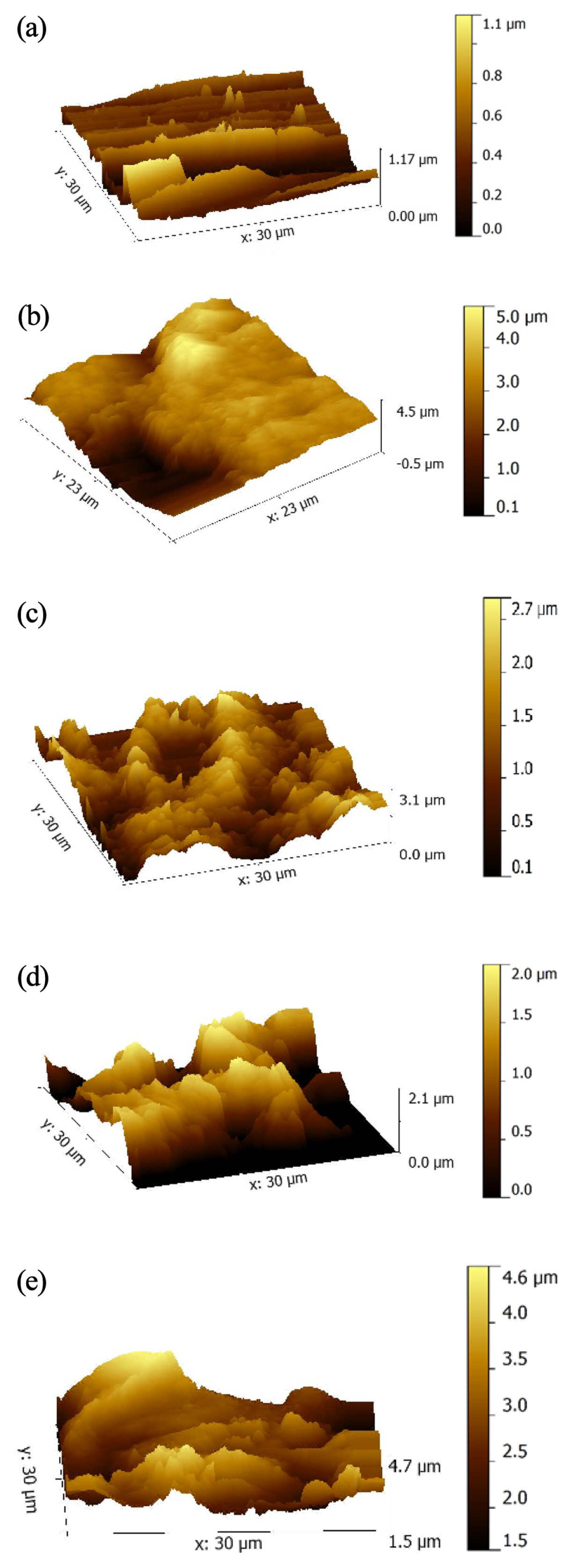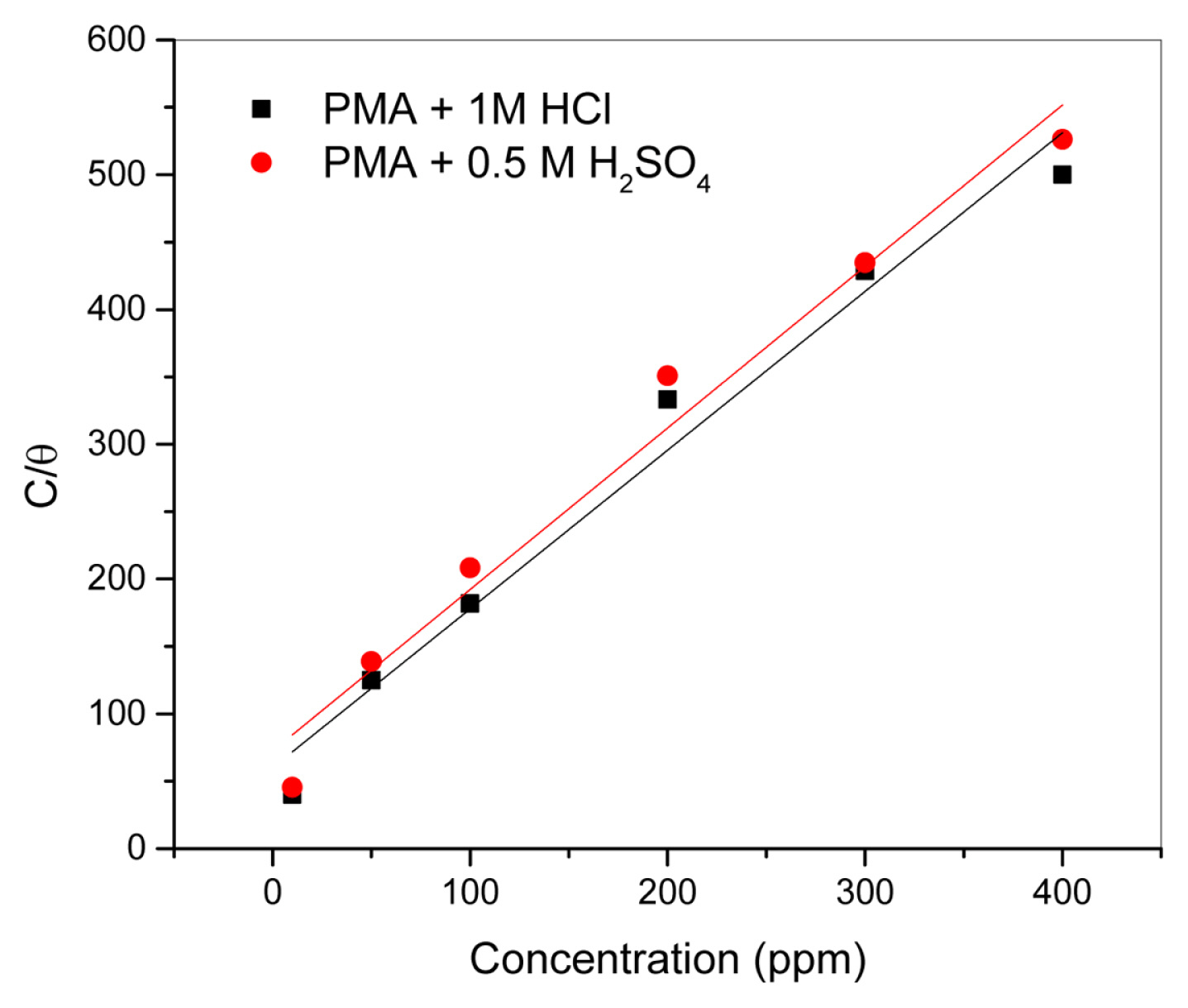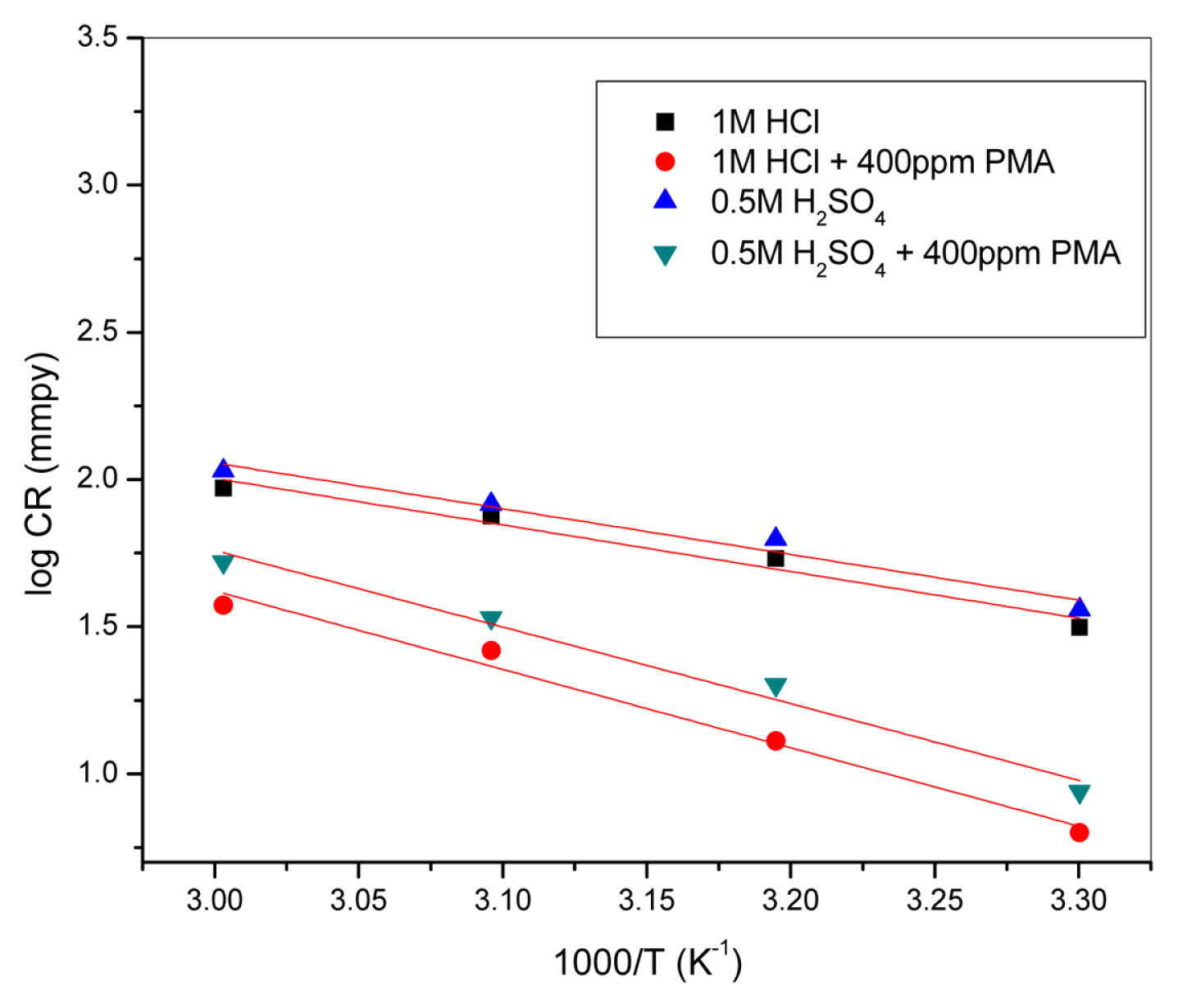[1] S. Belkaid, K. Tebbji, A. Mansri, A. Chetouani and B. Hammouti,
Res Chem Intermed,
2012,
38(
9), 2309–2325.


[2] YX. Li, YY. Zhang, S. Jungwirth, N. Seely, YD. Fang and XM. Shi,
Corros Rev,
2014,
32(
5–6), 163–181.

[3] Yujie. Qiang, Lei. Guo, Shengtao. Zhang, Wenpo. Li, Shanshan. Yu and Jianhong. Tan, Sci Rep, 2016, 6, 33305(1–14.
[4] D. Daoud, T. Douadi, S. Issaadi and S. Chafaa,
Corros Sci,
2014,
79, 50–58.

[5] Quiong. Deng, Na-Na. Ding, Xiao-Li. wei, Liang. cai, Xiao-Peng. He, Yi-Tao. Long, Guo-Rong. Chen and Kaixian. chen,
Corros Sci,
2012,
64, 64–73.

[6] Quiong. Deng, Hong-Wei. Shi, Na-Na. Ding, Bao-Qin. Chen, Xiao-Peng. He, Guixia. Liu, Yun. Tang, Long. Yi-Tao and Guo-Rong. Chen,
Corros Sci,
2012,
57, 220–227.

[7] Ahmed A. Al-Amiery, Fatin A. Binti Kassim, Abdul Amir H. Kadhum and Abu Bakar. Mohamad, Sci Rep, 2016, 6, 19890(1–13.
[8] VS. Sastry, Corrosion Inhibitors, Principles and Applications. John Wiley & Sons, New York, 1998.
[9] F. Bentiss, M. Lagrence and M. Traisnel,
Corros,
2000,
56(
7), 733–742.

[10] F. Bentiss, M. Traisnel and M. Lagrence,
J Appl Electrochem,
2001,
31, 41–48.

[11] MR. Laamari, J. Benzakour, F. Berrekhis, A. Derja and D. Villemin,
Arabian J Chem,
2016,
9, S245–S251.

[12] M. Lebrini, M. Traisnel, M. Lagrenee, B. Mernari and F. Bentiss,
Corros Sci,
2008,
50(
2), 473–479.

[13] BB. Damaskin and AN. Frumkin, Adsorption of molecules on electrodes. In: NS Hush editors. Reaction of molecules at electrodes. Wiley-Interscience, London, 1971.
[14] MG. Hosseini, M. Ehteshamzadeh and T. Shahrabi,
Electrochim Acta,
2007,
52(
11), 3680–3685.

[15] A. Aytaç and M. Kabasakaloğlu,
Mater Chem Phys,
2005,
89(
1), 176–181.

[16] KC. Emregül and O. Atakol,
Mater Chem Phys,
2004,
83(
2–3), 373–379.

[17] RA. Prabhu, TV. Venkatesha, AV. Shanbhag, GM. Kulkarni and RG. Kalkhambkar,
Corros Sci,
2008,
50(
12), 3356–3362.

[18] LM. Rodríguez-Valdez, A. Martínez-Villafane and D. Glossman-Mitnik,
J Mol Struct THEOCHEM,
2004,
681(
1–3), 83–88.

[19] Gökhan. Gece,
Corros Sci,
2008,
50(
11), 2981–2992.

[20] M. Kumaravel, S. Rameshkuamar, SS. Subramanian, S. Gowri, N. Rajasekaran and A. Selvaraj,
Electrochim Actam,
2011,
56(
11), 3857–3863.

[21] AM. Eldesoky, Hala M. Hassan and AS. Fouda,
Int J Electrochem Sci,
2013,
8, 10376–10395.

[22] A. Doner, R. Solmaz, M. Ozcan and G. Kardas,
Corr Sci,
2011,
53(
9), 2902–2913.

[23] EA. Martins, MCL. Oliveira, JL. Rossi, I. Costa and HG. de Melo,
J Braz Chem Soc,
2011,
22(
2), 264–271.


[24] M. Sahin, S. Bilgic and H. Yilmaz,
Appl Surf Sci,
2002,
195(
1–4), 1–7.

[25] A. Popova, E. Sokolova, S. Raicheva and M. Christov,
Corros Sci,
2003,
45(
1), 33–58.

[26] AK. Singh and MA. Quraishi,
Corros Sci,
2010,
52(
4), 1373–1385.

[27] SK. Shukla and MA. Quraishi,
Corros Sci,
2010,
52(
2), 314–321.

[28] RS. Chaudhary and S. Sharma, Indian J Chem Technol, 1999, 16, 202–206.
[29] C. Verma, LO. Olasunkanmi, EE. Ebenso, MA. Quraishi and IB. Obot,
J Phys Chem C,
2016,
120(
21), 11598–11611.

[30] ZA. Foroulis, In: Proc. 6th European Symposium on corrosion Inhibitors; Ann. Univ. Ferrara, Italy, N.S., sez. V. Suppl N. 8. 1985.
[31] ZA. Iofa and GN. Tomashov, Zh Fiz Khim, 1960, 34(5), 1036–1043.
[32] T. Murakawa and N. Hackerman,
Corros Sci,
1964,
4(
1–4), 387–396.

[33] KF. Khaled,
Int J Electrochem Sci,
2008,
3(
4), 462–475.

[34] L. Larabi, Y. Harek, M. Traisnel and A. Mansri,
J Appl Electrochem,
2004,
34(
8), 833–839.

[35] In: JR Macdonald, WB Johanson, JR Macdonald editors. Theory in Impedance Spectroscopy. John Wiley& Sons, New York, 1987.
[36] CH. Hsu and F. Mansfeld,
Corrosion,
2001,
57(
9), 747–748.

[37] P. Bommersbach, C. Alemany-Dumont, JP. Millet and B. Normand,
Electrochim Acta,
2005,
51(
6), 1076–1084.

[38] MS. Abdel-AAl and MS. Morad,
Brit Corros J,
2001,
36(
4), 253–260.

[39] AV. Benedeti, PTA. Sumodjo, K. Nobe, PL. Cabot and WG. Proud,
Electrochim Acta,
1995,
40(
16), 2657–2668.

[40] HH. Hassan,
Electrochim Acta,
2007,
53(
4), 1722–1730.

[41] M. Hosseini, SFL. Mertens, M. Ghorbani and MR. Arshadi,
Mater Chem Phys,
2003,
78(
3), 800–808.

[42] A. Zarrouk1, H. Zarrok, R. Salghi, R. Touir, B. Hammouti, N. Benchat, LL. Afrine, H. Hannache, M. El Hezzat and M. Bouachrine, J Chem Pharm Res, 2013, 5(12), 1482–1491.
[43] R. Yıldız, T. Dogan and I. Dehri,
Corros Sci,
2014,
85, 215–221.

[44] KB. Kabir and I. Mahmud, J Chem Eng, 2010, 13–17.
[45] A. Hamdy and Nour Sh. El-Gendy,
Egypt J Pet,
2013,
22(
1), 17–25.

[46] R. Solmaz, G. Kardas, M. Culha, B. Yazici and M. Erbil,
Electrochim Acta,
2008,
53, 5941–5952.

[47] M. Morad, J. Morvan and J. Pagetti, In: Proceedings of the 8th European Symposium on Corrosion Inhibitors (8SEIC), Sez. V (Suppl. 10); Ann. Univ. Ferrara, NS. 1995.
[48] K. Aramaki, M. Hagiwara and H. Nishihara,
Corros Sci,
1987,
27(
5), 487–497.

[49] R. Solmaz, ME. Mert, G. Kardas, B. Yazici and M. Erbil,
Acta Phys Chem Sinica,
2008,
24(
7), 1185–1191.

[50] I. Ahamad, R. Prasad and MA. Quraishi,
Corros Sci,
2010,
52(
4), 1472–1481.

[51] S. Kumar, H. Vashisht, LO. Olasunkanmi, I. Bahadur, H. Verma1, G. Singh, Ime B. Obot and Eno E. Ebenso, Sci Rep, 2016, 6, 30937(1–18.
[52] Robert P. Taylor, Proc ASME, 1989, 79139.
[53] H. Shokry, M. Yuasa, I. Sekine, RM. Issa, HY. El-Baradie and GK. Gomma,
Corros Sci,
1998,
40(
12), 2173–2186.

[54] A. Yurt, B. Duran and H. Dal,
Arabian J Chem,
2014,
7(
5), 732–740.

[55] OL. Riggs and RM. Hurd,
Corros,
1967,
23(
8), 252–260.

[56] M. Behpour, SM. Ghoreishi, A. Gandomi-Niasar, N. Soltani and M. Salavati–Niasari,
J Mater Sci,
2009,
44(
10), 2444–2453.


[57] Y. Abboud, A. Abourriche, T. Saffaj, M. Berrada, M. Charrouf, A. Bennamara, A. Cherqaoui and D. Takky,
Appl Surf Sci,
2006,
252(
23), 8178–8184.

[58] SAR. Ali Fathima and S. Subhashini, Arabian J Chem, 2017, 10, Supplement 2. S 3358–S 3366.
[59] ARS. Priya, VS. Muralidharam and A. Subramania,
Corros,
2008,
64(
6), 541–552.

[60] L. Labrabi, Y. Harek, O. Benali and S. Ghalem,
Prog Org Coatings,
2005,
54(
3), 256–262.

[61] C. Sini Varghese, K. Joby Thomas, Vinod P. Raphael and KS. Shaju, Chem Sci Rev Lett, 2017, 6(24), 2300–2308.
[62] Y. Ji, B. Xu, W. Gong, X. Zhang, X. Jin, W. Ning, Y. Meng, W. Yang and Y. Chen, J Taiwan Inst Chem E, 2016, 1–12.
[63] B. Xu, Y. Ji, X. Zhang, X. Jin, W. Yang and Y. Chen,
RSC Adv,
2015,
5(
69), 56049–56059.

[64] O. Sikemi, OA. Kolawole and S. Banjo, Manila Journal of Science, 2017, 102017, 44–63.
[65] X. Li, S. Deng, T. Lin, X. Xie and G. Du,
Corros Sci,
2017,
118, 202–216.

[66] B. Idir and F. Kellou-Kerkouche,
J Electrochem Sci Technol,
2018,
9(
4), 260–275.


[67] P. Leena, NH. Zeinul Hukuman, AR. Biju and M. Jisha, J Electrochem Sci Technol, 2019, 10(2), 231–243.
[68] KR. Ansari, MA. Quraishi and Ambrish. Singh,
Measurement,
2015,
76, 136–147.

[69] L. Herrag, B. Hammouti, S. Elkadiri, A. Aouniti, C. Jama, H. Vezin and F. Bentiss,
Corros Sci,
2010,
52(
9), 3042–3051.

[70] S. Rameshkumar, I. Danaee, M. RashvandAvei and M. Vijayan,
J Mol Liq,
2015,
212, 168–186.

[71] PE. Kumar, M. Govindaraju and V. Sivakumar,
Anti- Corros Method M,
2018,
65(
1), 19–33.

[72] PR. Roberge, Handbook of Corrosion Engineering. McGraw-Hill, New York, 2000.
[73] VS. Sastri and JR. Perumareddi,
Corros,
1997,
53(
8), 617–622.

[74] I. Lukovits, E. Kalman and F. Zucchi,
Corros,
2000,
57, 3–8.

[75] R. Hasanov, M. Sadiko?lu and S. Bilgiç,
Appl Surf Sci,
2007,
253(
8), 3913–3921.

[76] EE. Ebenso, DA. Isabirye and NO. Eddy,
Int J Mol Sci,
2010,
11(
6), 2473–2498.

[77] AY. Musa, AH. Kadhum, AB. Mohamad, AAB. Rahoma and H. Mesmari,
J Mol Struct,
2010,
969(
1–3), 233–237.





















